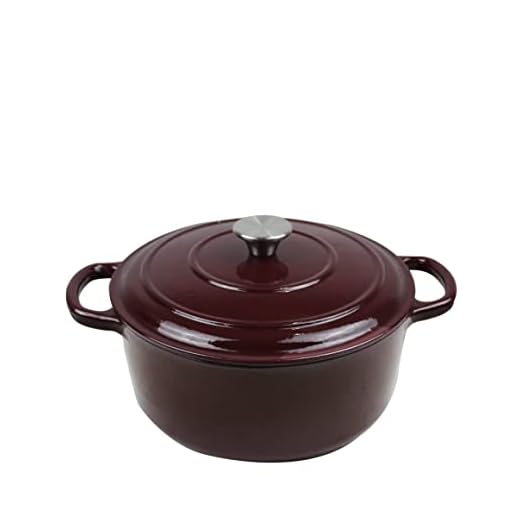

Choose a robust blend for marinating meats; the acidity will tenderize while enhancing flavors. A Cabernet Sauvignon or Shiraz can elevate a simple dish into something remarkable. Aim for at least a cup of this spirited liquid in your marinade, allowing proteins to soak for several hours, ideally overnight.
For sauces, start by reducing a full-bodied pour in a saucepan over medium heat. Add shallots or garlic for complexity, simmer until thickened, and finish with a pat of butter for richness. This technique will create a velvety texture that complements grilled or roasted dishes perfectly.
Incorporate this delightful drink into stews or braises, where its depth can develop over time. Combine with hearty vegetables, herbs, and a splash of stock, letting the mixture simmer until tender. The result is a comforting dish that embodies warmth and satisfaction.
Don’t forget desserts; a luscious reduction can enhance dark chocolate or fruit-based treats. Simmer a fruity varietal until syrupy and drizzle it over desserts for a touch of sophistication. This unexpected use will surprise and delight any palate.
Using Crimson Beverage in Culinary Dishes
Begin by selecting a robust varietal like Cabernet Sauvignon or Merlot for hearty meals, as these choices enhance the depth of flavors. Always opt for a bottle that you would enjoy drinking; quality matters. A common mistake is to use inexpensive options that lack character.
For braising meats, incorporate this liquid early in the process. Allow it to reduce to concentrate the flavors and create a rich sauce. Ideal cuts include beef chuck or lamb shanks, which benefit from slow cooking.
When preparing sauces, sauté aromatics like garlic and shallots in olive oil before adding the crimson liquid. Let it simmer until it thickens, and then finish with butter for a silky texture. This method amplifies the sauce’s complexity.
In marinades, blend the liquid with herbs and spices to tenderize proteins while imparting flavor. Aim for a balance; a one-to-one ratio of acid to fat works well, such as combining it with olive oil and herbs de Provence.
For pasta dishes, use a splash in the cooking water or to deglaze the pan after sautéing vegetables. This technique enhances the overall dish without overwhelming the palate.
Don’t forget desserts! Red varieties can be used in reductions to complement chocolate or berry-based sweets. Cook down the liquid with sugar until it reaches a syrupy consistency, then drizzle over your favorite treat.
Selecting the Right Red for Your Recipe
Opt for a bottle that complements the dish’s flavor profile. For hearty meals like stews or braised meats, a full-bodied variety such as Cabernet Sauvignon or Syrah works well, as their robust characteristics enhance the richness of the dish.
If you’re preparing lighter fare, consider Pinot Noir or Merlot, which offer a softer touch and won’t overpower delicate ingredients. These varieties are particularly suitable for dishes featuring poultry or seafood.
When working with tomato-based sauces, a Chianti or Sangiovese can bring out the acidity in the tomatoes, creating a harmonious balance. This pairing often elevates the overall taste experience.
For those looking to add depth to a reduction, a wine with higher tannins, like Malbec, can enhance the sauce’s complexity. The tannins will soften during cooking, resulting in a rich flavor profile.
Always remember to choose a bottle that you enjoy drinking. The quality of the liquid you use directly influences the final result. If you find yourself unsure, sampling a few options can provide insights into which flavors resonate best.
For a practical example, check out this guide on how to prepare kippers in the oven, where the right choice of a complementary red can elevate the dish.








